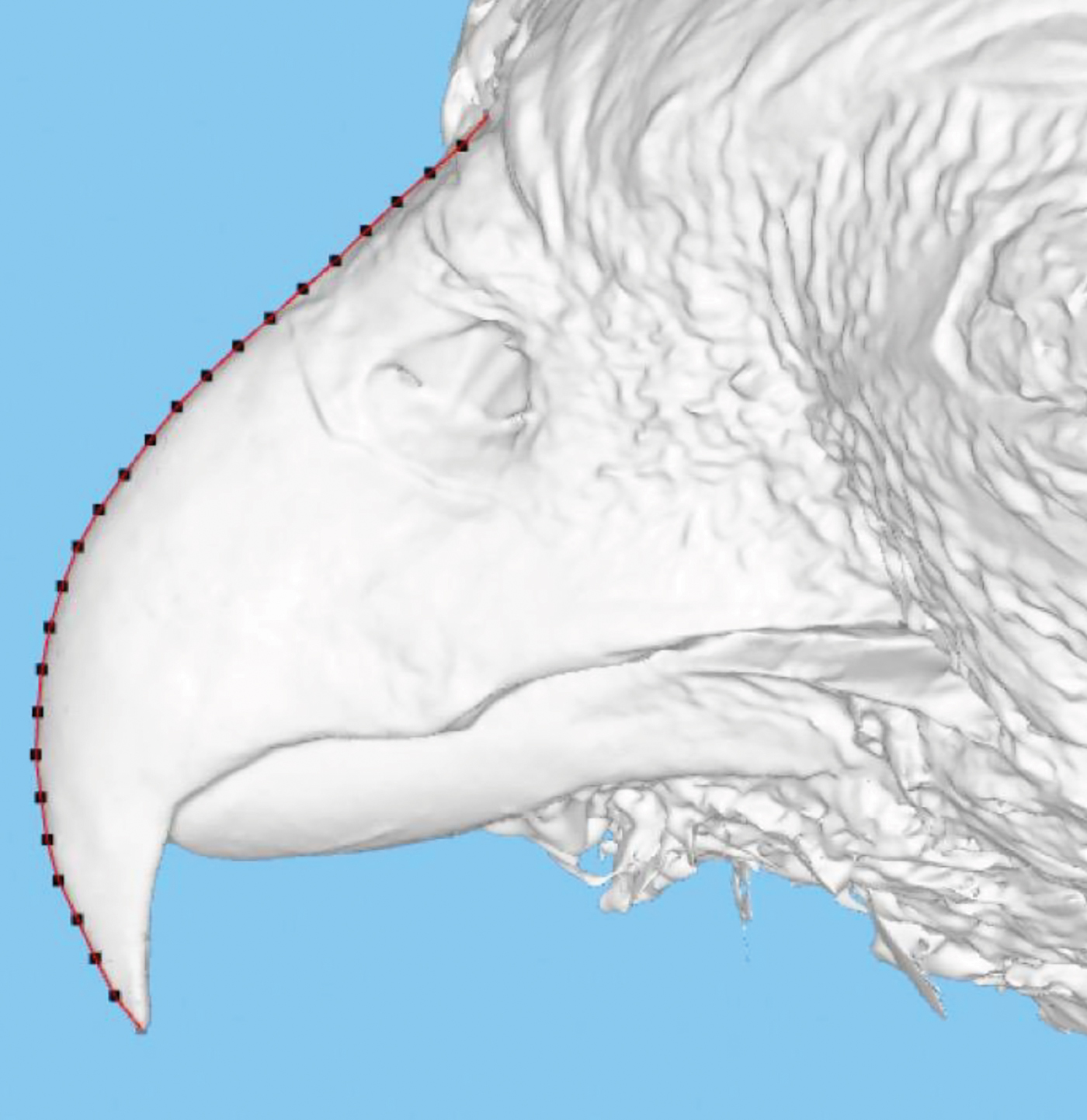Citizen Science
Mark My Bird!
Science Scope—May/June 2022 (Volume 45, Issue 5)
By Jill Nugent
Take a moment to think about the vast diversity of birds located in your geographic area and around the globe. From albatrosses to zebra finches, and everything in between, thousands of bird species have been described by biologists; studying birds can yield abundant insights into our natural world. In fact, by studying the physical traits of birds (such as their bills), we can learn a great deal about their biodiversity and evolution.
Mark My Bird is a global online citizen science project associated with the University of Sheffield that invites participants to study the “how” and “why” of bird biodiversity and change over time by studying bird bills. Bird bills or beaks are a single trait that informs how the bird interacts with its environment. Divergence in bird bills contributes to our understanding of rates of evolution, diversification over time, and more. In partnership with natural history museums, the Mark My Bird Project features three dimensional (3D) models of bird bills (from museum specimens) uploaded to a platform developed by the Digital Humanities Institute. To date, thousands of images have been uploaded, essentially creating a digitized collection.

The Mark My Bird Project invites students to help “landmark” the bird bills in the digitized collection. The online landmarking process helps to quantitatively measure and analyze the data. Students will be contributing to real-world science that is adding to our understanding of bird diversity and change over time.
Project goal: Add to the scientific understanding of bird diversity
Task: Identify points on 3D images of bird bills
Science discipline: Life Science
In the field, calipers are a tool that have historically been used by biologists to measure points on bird bills. The digital 3D scans of beaks from the Mark My Bird project are ready to be measured by participants, using a process known as landmarking. Landmarking involves clicking common points on the beak. On certain points, such as the midline of the bird bill, the computer will draw a straight line between points and will then analyze the data (see Figure 1). The collective data analysis from landmarking helps to shed light on bird bill change over time and on diversification that shaped the species that we see today.
To get started, explore the 3D scans in the project gallery (see “Project Scans”). Next, register and log in. By registering and logging in, students can earn badges for their efforts and this ensures that you will be presented with a new beak each time that you engage with the platform. After registering, logging in, and clicking to get started, you will be ready to start landmarking (see “Project home” and “Project Markup”). Once on the markup page, a bird species profile and 3D image will load. The markup page also contains helpful information to learn more about the bird species. A guided exploration of the 3D image will appear and you’ll be tasked with observing different points of the beak, marking them, clicking to place points on the beak. The project contains resources (including a video) to guide engagement with the platform (see “Project Landmarking Guide” and “Project Viewer Guide”). There are opportunities to go back and revise points selected before your final submission.
Materials you will need:
- Computer
- Internet access
In addition to engaging with the Mark My Bird project and platform, there are many connection and extension possibilities for the classroom. For example, you may have students take a walk outside and observe bird beaks that they see. Alternatively, students could explore bird beak diversity online, and could research bird beaks that are depicted in historical art renderings. Students could explore local zoo and wildlife center websites for bird images and beak observations. Students will enjoy finding extreme beak examples from the world of birds (such as the Shoebill Stork, for example). After exploring bill diversity, students can discuss beak form and function. They can review bird bills and infer the foods that the birds may be adapted to eat, as well as the natural habitat that the bird might call home. Students can also review and discuss published literature related to the Mark My Bird project (see “Publication: How Birds of a Feather Evolved Together”).
During their participation in the Mark My Bird project and exploration of bird bills, students will construct a deeper understanding of bird traits, diversity, and change over time, while also contributing to modern scientific research. •
Mark My Bird at a glance
When: Anytime
Where: Online
How: After registering, logging in, and clicking “Get Started,” you will see a 3D image of a bird beak and can begin landmarking the beak (see “Project Landmarking Guide” and “Project Viewer Guide”).
Time needed: 15 minutes
Special equipment needed: None
Cost: No cost to participate
Contact for more information: Visit the Project’s contact page—https://www.markmybird.org/contact
Safety: As with any science lab, classroom, or field activity, always ensure that you are following recommended safety practices; for more information on safety in the science classroom visit www.nsta.org/safety.
Helpful Project Links
Project home—https://www.markmybird.org/
Project link on SciStarter—https://scistarter.org/mark-my-bird
Project Landmarking Guide—https://bit.ly/3LzEQDY
Project Markup—https://bit.ly/3JYNlbf
Project Viewer Guide—https://bit.ly/3iXGxig
Project Scans—https://bit.ly/3K4dohA
Publication: How Birds of a Feather Evolved Together—https://bbc.in/3x1Rg3L
Jill Nugent (jillfnugent@gmail.com) teaches science online, engages educators in citizen science experiences for the classroom, schoolyard, and beyond, and serves on the SciStarter Team. Follow SciStarter on Twitter: @SciStarter.
This column is the result of a partnership between SciStarter and the National Science Teaching Association. For more information about SciStarter and other citizen science projects, please visit www.scistarter.org.
Biology Citizen Science Life Science Middle School


